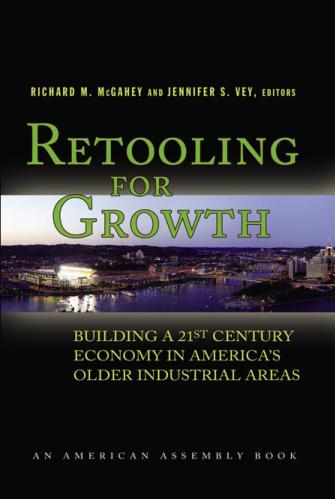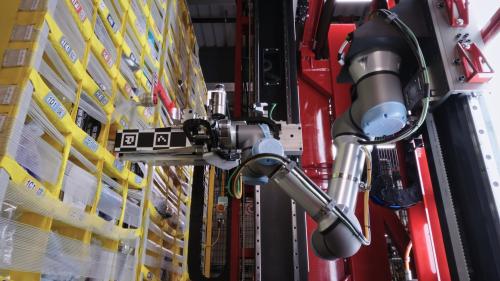Studies in this week’s Hutchins Roundup find that increased market concentration has neither increased prices nor lowered output, youth-targeted tax cuts in Sweden reduced youth unemployment, and more.
Want to receive the Hutchins Roundup as an email? Sign up here to get it in your inbox every Thursday.
Increased market concentration has neither increased prices nor lowered output
Market concentration in the U.S. has increased dramatically over the past 40 years, potentially leading to higher prices, lower output, and lower consumer welfare. Using data across industries on market shares and price indices from 1972-2012, Sharat Ganapati of Dartmouth and Georgetown finds little evidence of these negative effects. In the manufacturing sector, increased concentration is associated with slightly higher prices if industry productivity is held constant. However, industries that are more concentrated are also more productive, he finds, and the higher productivity largely offsets the price increases. In the non-manufacturing sector, increased concentration has no effect on prices, but is associated with increased output. Specifically, a doubling of the market share of the largest four firms leads to a 20 percent increase in output.
Swedish tax cut targeting young workers reduced youth unemployment
To combat high youth unemployment, Sweden cut payroll taxes for workers aged 26 and younger from 31 percent to 15 percent. Emmanuel Saez and Benjamin Schoefer of Berkeley and David Seim of Stockholm University find that the tax cut raised the employment rates of young workers but did not increase their after-tax wages relative to those of slightly older workers. They also find that the reform led to increased employment, sales, and profits at businesses with the largest share of younger workers, particularly those that were credit constrained, suggesting that tax cut reduced firm liquidity constraints. Businesses most affected by the tax cut raised wages of workers of all ages. This all-around wage increase supports the notion, the authors argue, that firms are reluctant to pay young and older workers differently. Before tax change, pay equity concerns may have added to youth unemployment if firms’ unwillingness to pay lower wages to younger (and, presumably, less productive) workers may have made them too costly to hire.
Permanent increases in nominal interest rates can quickly raise inflation without negative output consequences
Conventional macroeconomic models suggest that a transitory increase in the nominal interest rate leads to a temporary boost to the real interest rate, depressing aggregate demand and current inflation. However, these same models suggest that an increase in the nominal interest rate that’s perceived to be permanent, sooner or later, will be followed by a similar-sized increase in inflation; that’s because the real interest rate (the difference between the nominal rate and expected inflation) isn’t determined by nominal factors in the long run. Using data from Japan and the U.S. back to the 1950s to estimate the “sooner or later,” Martín Uribe of Columbia finds that a gradual and permanent increase in the nominal interest rate can cause inflation to rise to a permanently higher level within a year without any output loss. The results suggest that in an economy plagued by chronic below-target inflation, a credible announcement to gradually raise rates to normal level can swiftly bring inflation to target with few negative side effects.
Chart of the Week: A growing share of US corporate profits is going to tax havens

Quote of the week:
“Turning to the outlook for inflation, I have been surprised by the persistence of the shortfall from the FOMC’s 2 percent long-run objective. While some of this year’s shortfall can be explained by one-off factors—such as the sharp fall in prices for cellular phone service—its persistence suggests that more fundamental structural changes may also be playing a role. These include the increased ability of prospective buyers to compare prices across different sellers quickly and easily, the shift in retail sales to online channels of distribution from traditional brick-and-mortar stores, and the consequences of these changes on brand loyalty and business pricing power,” says New York Fed President William Dudley.
“Over the coming months, I hope that we will be better able to differentiate between these competing explanations. If it turns out that structural changes have played a significant role, I would generally view this as a positive, rather than negative, development. It would imply that the U.S. economy could operate at a higher level of labor resource utilization without generating a troublesome large rise in inflation. More people could be put to work on a sustainable basis, enabling them to gain opportunities not just to earn greater income, but also to develop their skills and grow their human capital.”
The Brookings Institution is committed to quality, independence, and impact.
We are supported by a diverse array of funders. In line with our values and policies, each Brookings publication represents the sole views of its author(s).










Commentary
Hutchins Roundup: Market concentration, youth-targeted tax cuts, and more
November 2, 2017